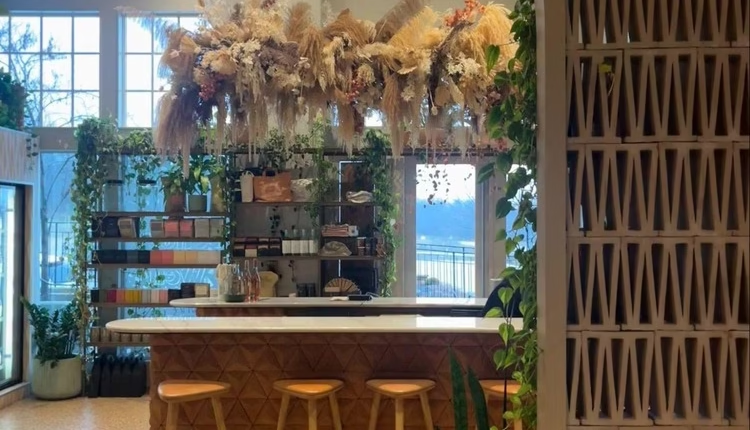Diversifying Your Business 101: How Coffee Roasters Are Expanding to Survive a Competitive Market

Some of the industry’s top roasters are venturing into food, merchandise, and more—and they’re sharing how to do so without losing your soul.
BY MEGAN LEE
BARISTA MAGAZINE ONLINE
Featured photo sourced via Unsplash
On a recent visit to Onyx Coffee Lab’s headquarters in Arkansas—including their striking café-restaurant hybrid, Hail Fellow Well Met—one thing became clear to me: Today’s most ambitious roasters aren’t just selling coffee. They’re crafting immersive brand experiences that span spaces, menus, and even product lines.
But how do you grow beyond wholesale beans and lattes without losing your identity?
In this article, we’ll explore what it takes for roasters to diversify their businesses successfully. We’ll break down emerging paths for growth, what brands should watch out for, and how to know when a big idea is really worth pursuing.
Why Roasters Are Venturing into New Markets
Margins in coffee have always been tight. As the market grows more saturated and wholesale opportunities plateau, especially in mid-sized cities, more roasters are expanding into food, retail, and experiential offerings to stay competitive.
The pandemic only accelerated this trend. With café traffic disrupted and online competition heating up, many roasters had to reimagine their business models, and fast. At the same time, customers now expect more. Whether it’s a beautifully plated brunch, a curated retail wall, or a tasting flight with their pourover, the “experience economy” has fully entered the coffee and wider food scene.
Diversification Strategies Done Right
To understand how coffee roasters can diversify successfully, we looked to companies that have already managed to do so. Onyx is one of the most visible examples of roaster-led diversification done right. Starting as a roastery in Northwest Arkansas, they’ve since expanded to include multiple cafés, a flagship HQ experience, a full-service restaurant, and an elevated line of branded products ranging from drinkware to apparel.
Each space is visually distinct but unmistakably Onyx: polished, bold, and designed with obsessive attention to detail. This consistency across touchpoints reinforces the brand’s credibility not just as a coffee company, but as a design-forward lifestyle brand.
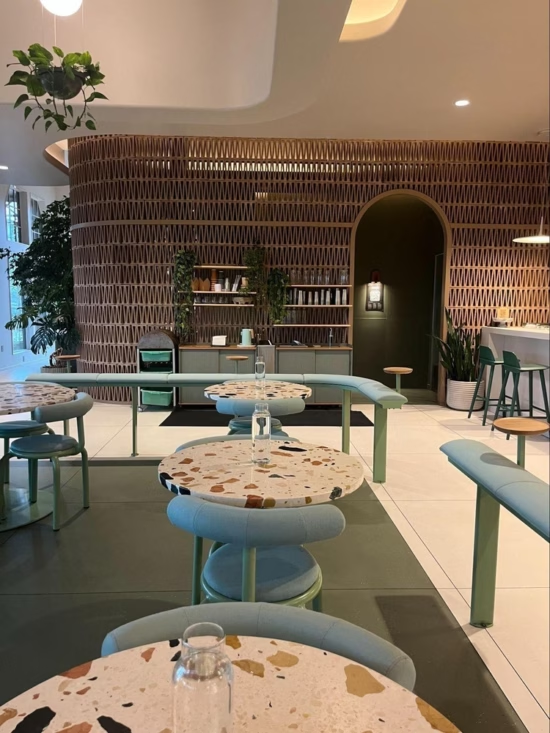

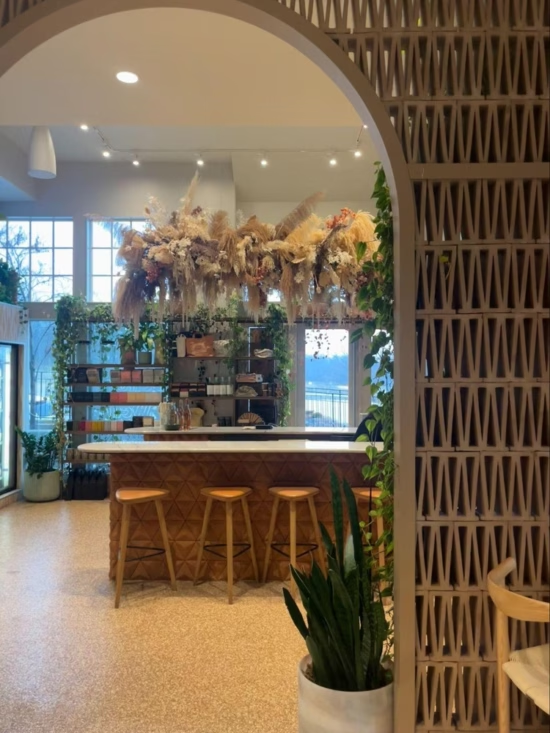

And for Bindle Coffee in Fort Collins, Colo., growth wasn’t about copying their café model—it was about listening to a creative itch and honoring the spaces that inspired them. “Even before starting roasting, our vision was to have a space as unique and special as the coffee,” says co-founder and roaster Andrew Webb. “When we saw the space that is now our bakery-café, Bread Fellow, we knew something special could happen within those walls.”
The new venture—a pastry-forward coffee shop offering lunch, cocktails, and tapas—wasn’t a planned expansion. It began with a spark: a photo of a “Not Available” sign at 247 Linden Street. “I texted Jenn (Webb, now pastry chef and culinary director) a picture and asked, ‘What if it was …’ Once she saw it, she said, ‘We have to put a shop in here, but it doesn’t feel like it should be Bindle.’ That’s when we started dreaming,” Andrew explains.
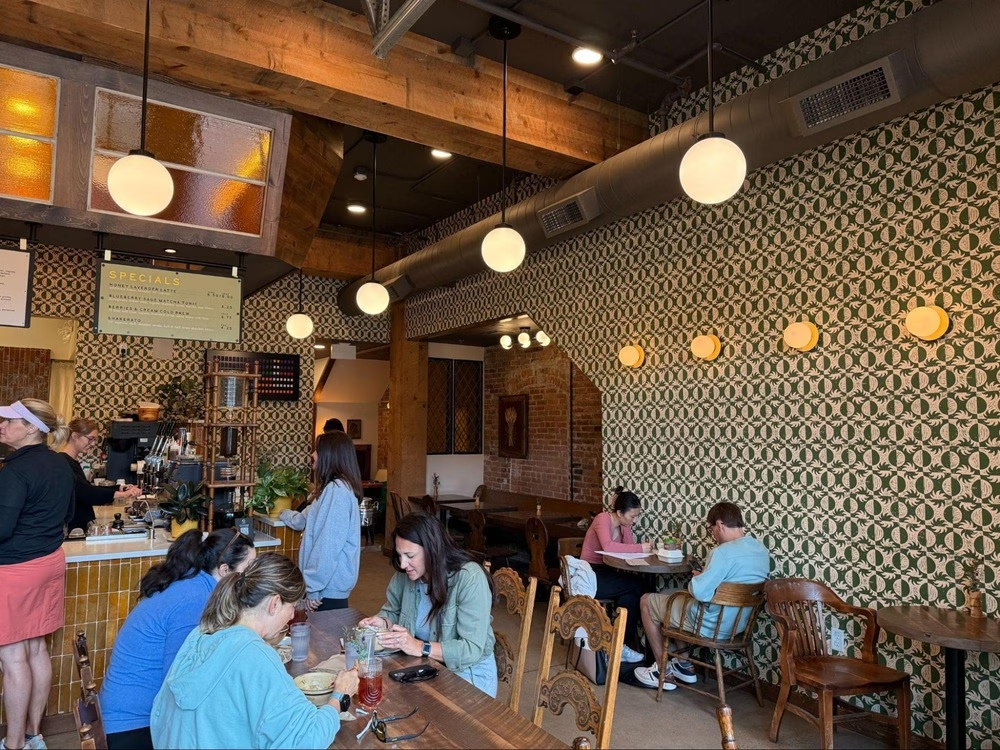


For Andrew, his company’s diversification wasn’t just about product: It was about place, story, and serving the community in new ways. “Our purpose is to create restorative spaces that nourish, inspire, and foster connection,” Andrew says. “Restoring the spaces themselves symbolizes this vision.”
Of course, challenges followed, but none that the team didn’t think they could overcome. “Essentially doubling our employees has been really challenging,” Andrew explains. “But it’s also allowed (us all) to step up and take on more responsibility.”
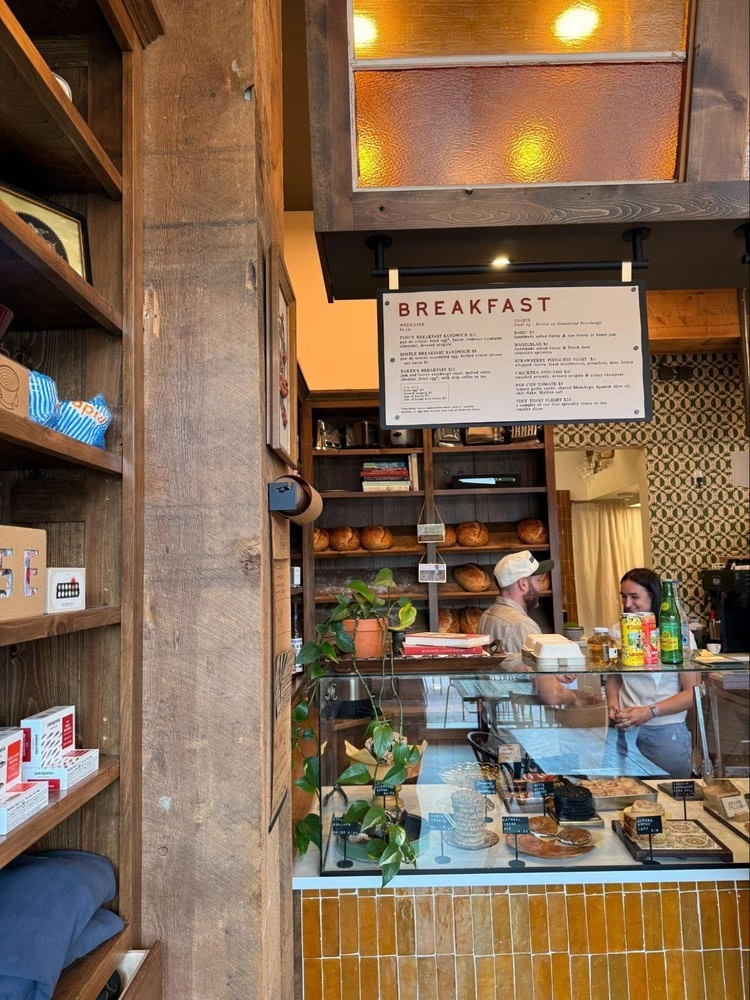


Key Diversification Paths for Roasters
For roasters looking to diversify their businesses, we found the most common (and promising) ways today’s roasters are branching out.
1. Retail and Branded Goods
Think merch, brewing gear, home goods, and lifestyle collaborations. These items offer higher margins and help extend your brand into customers’ daily lives. Bindle Coffee, for example, keeps it simple, offering branded mugs on their website.
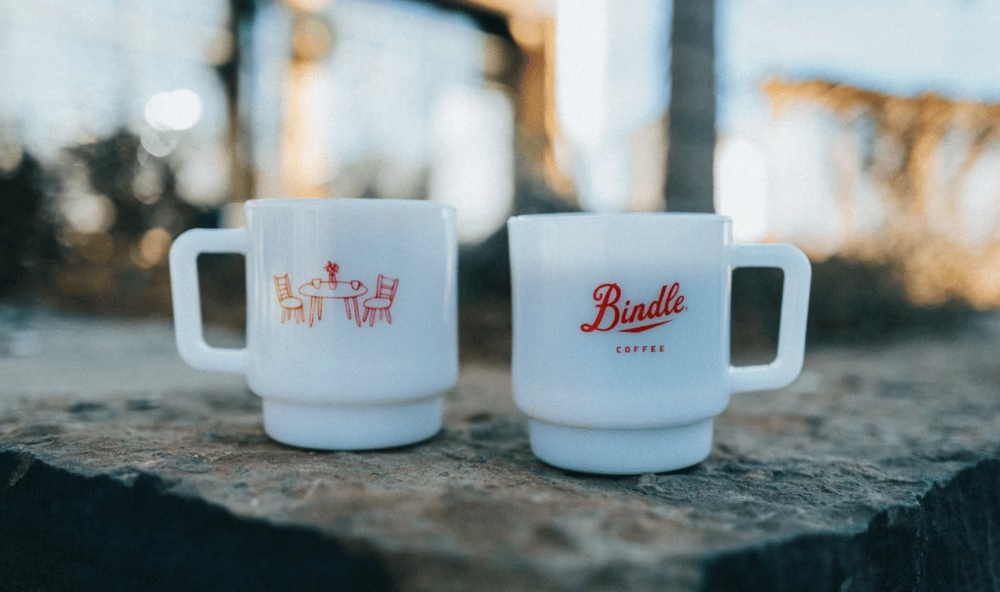


The mugs—craft milk glasses that Bindle made in collaboration with Japan’s Tsunagu Craft—help the coffee company offer a variety of products without sacrificing their brand’s ethos or aesthetic.
2. Restaurants and Food Concepts
More roasters are launching food-forward spaces with menus that go far beyond the pastry case. As we mentioned earlier, Onyx Coffee Lab’s restaurant, Hail Fellow Well Met, and Bindle Coffee’s bakery, Bread Fellow, show how thoughtful design and culinary ambition can elevate a brand.
“We went from coffee and baked goods into sourdough, lunch, brunch, cocktails, and tapas,” says Andrew. “Creativity doesn’t just happen. It comes in waves. Learning to ride those waves has kept both concepts alive.”
3. Education and Experiences
Coffee tastings, classes, and live events can create loyal fans and position your brand as a knowledge hub. These offerings also help deepen customer relationships, especially in cities where competition is fierce.
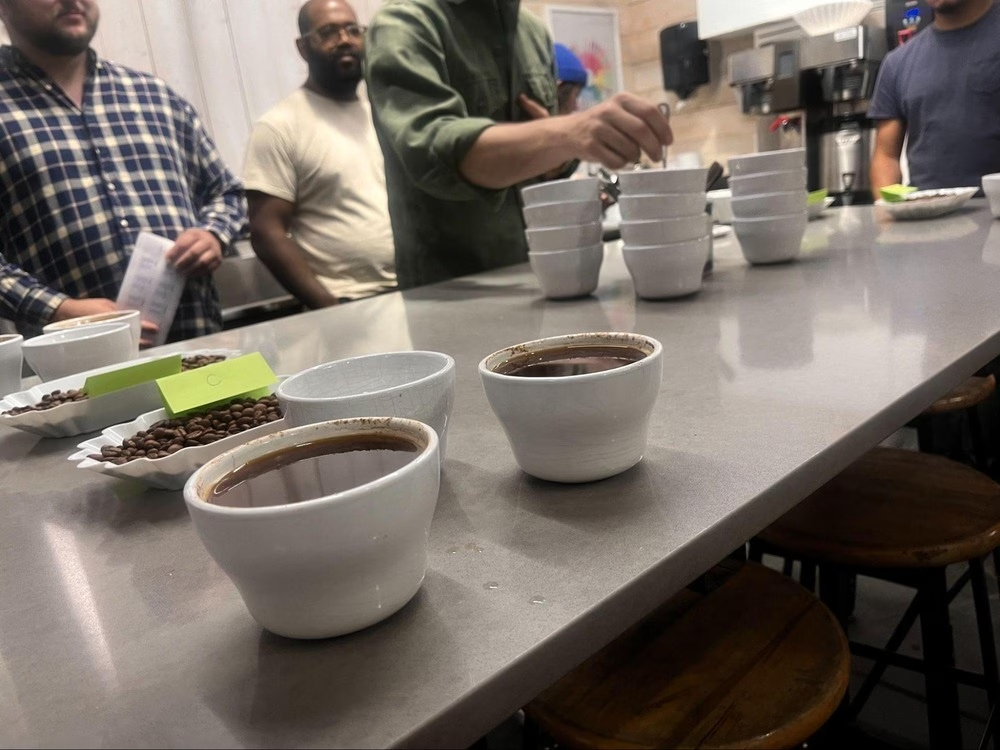


4. Wholesale and Subscription Innovation
Smart bundling (e.g., coffee and gear), branded content, and flexible subscriptions help roasters stand out in an increasingly crowded online market. Andrew shares that for cities like Fort Collins, where many cafés roast in-house, selling more to your own ventures can also keep operations efficient.
“Roasting more for ourselves helps keep green buying costs down,” he explains. “And it gives us more flexibility.” In other words, the company can grow while staying rooted.



What It Takes to Diversify Successfully: Key Points to Consider
Expansion can be exciting—but it’s not for the faint of heart. Roasters thinking about their next move should consider:
- Capital and cash flow: Food ventures and new retail builds require significant upfront investment.
- Staffing and leadership: Growth means more hiring—and more letting go.
- Brand clarity: Don’t launch something new without understanding how it fits your identity. “Make sure your messaging and service model are clear,” Andrew advises. “Each transition—breakfast to lunch to cocktails—asks something different of your team and your guests.”
- Operational complexity: Food, especially, brings new costs and risks, like waste, maintenance, labor, and logistics.
Andrew’s advice for small roasters eyeing growth? “Take it slow. Be thoughtful. And give yourself room to keep learning as you go.”
A Roadmap, Not a Template
Onyx and Bindle show what’s possible when roasters expand with purpose, not just ambition. Their journeys underscore that diversification isn’t about doing more for the sake of it. It’s about doing the right things, in the right places, for the right reasons.
As Andrew puts it, “We’re still in it with our staff, working side-by-side most days. But we’ve also had to zoom out. Consistency doesn’t come from systems alone; it comes from having the right people in place.”
Not every shop needs to open a restaurant or launch a product line. But every roaster should be thinking beyond the espresso machine, especially if they want their business to stay resilient in a changing market.
ABOUT THE AUTHOR
Megan Lee unsuccessfully tried to dig her way to China from her sandbox when she was 6. Since then, she has traveled, lived, and taught on five continents, and is in constant pursuit of spicy food, fussy coffee, hiking and mountain bike trails, and conversations with strangers (later friends). Her online writing covers coffee, the outdoors, travel gear, and personal finance. You can usually find her planning her next trip, walking the nearby trail with her toddler and husband, or drinking cortados (it’s research for her coffee blog, Low Key Coffee Snobs, she swears).
Subscribe and More!
As always, you can read Barista Magazine in paper by subscribing or ordering an issue.
Read the June + July 2025 Issue for free with our digital edition.
For free access to more than five years’ worth of issues, visit our digital edition archives here.
Source: Barista Magazine



